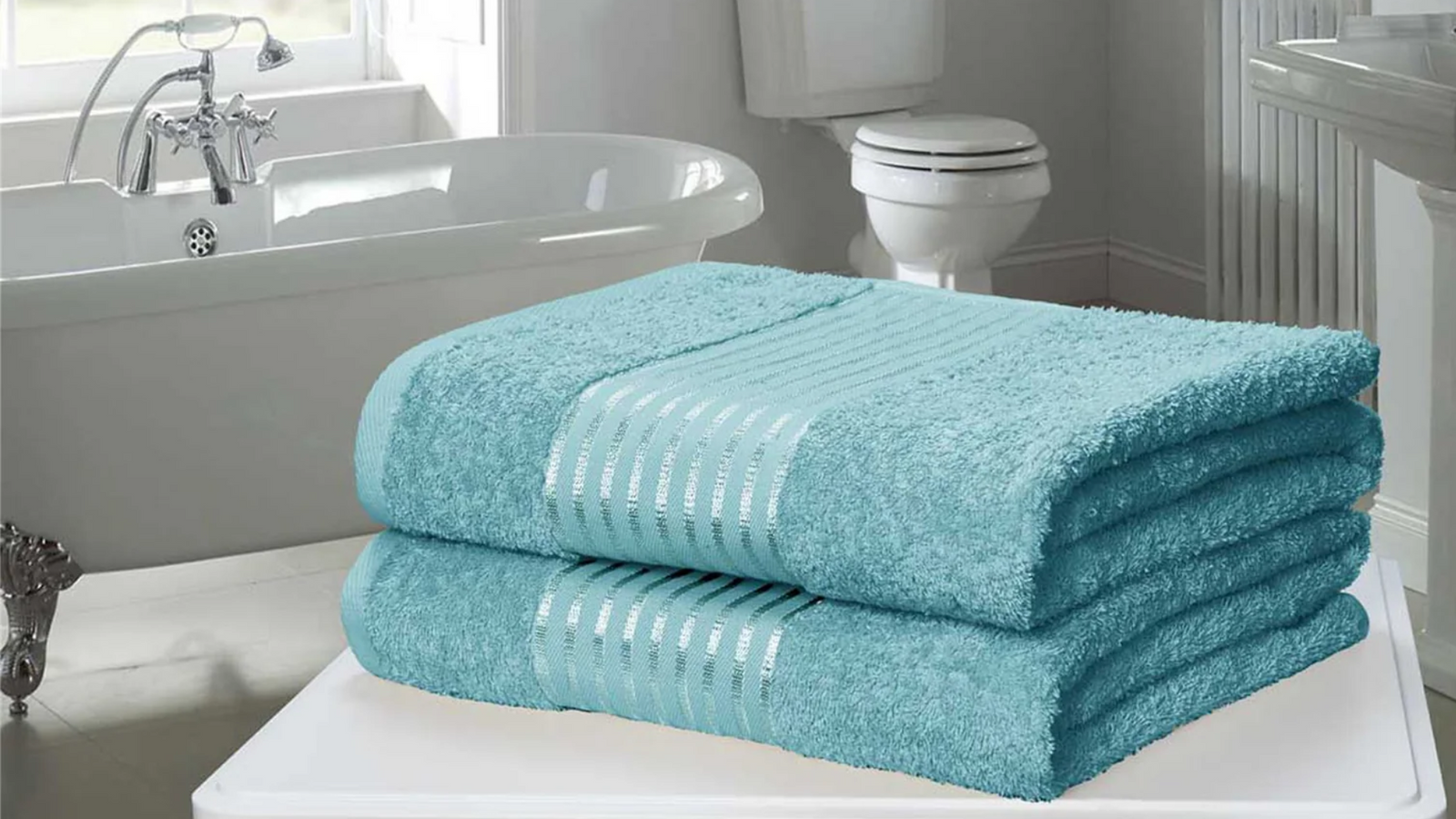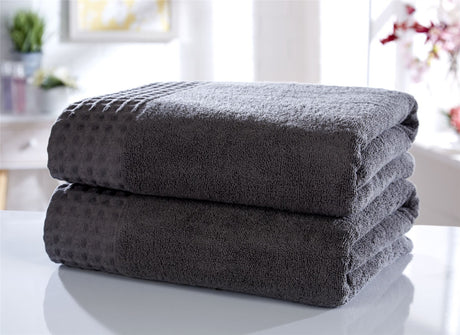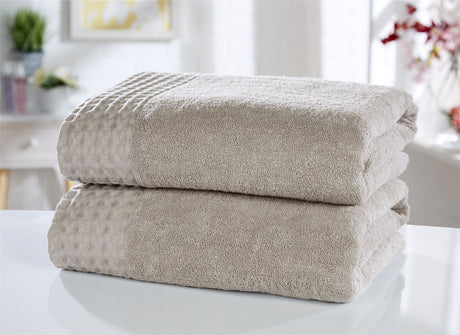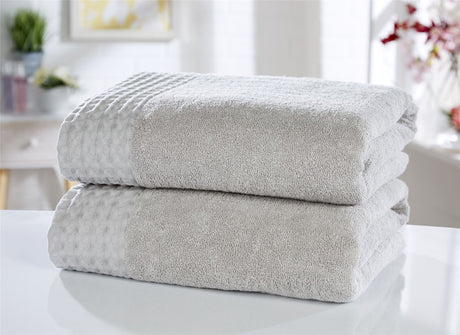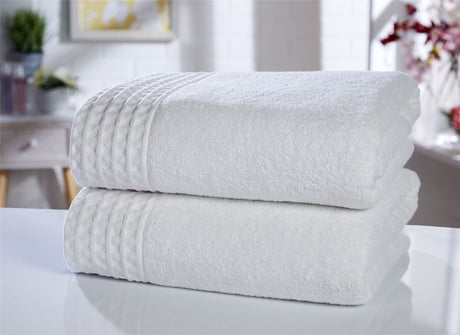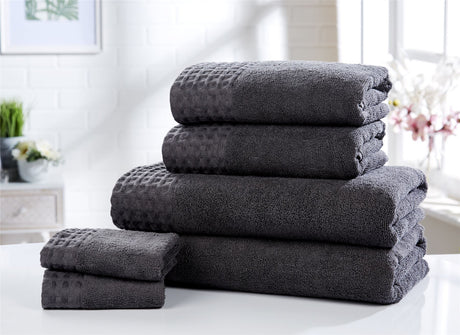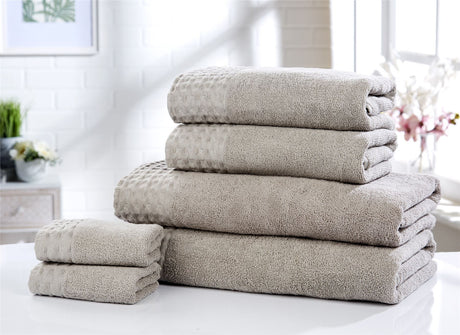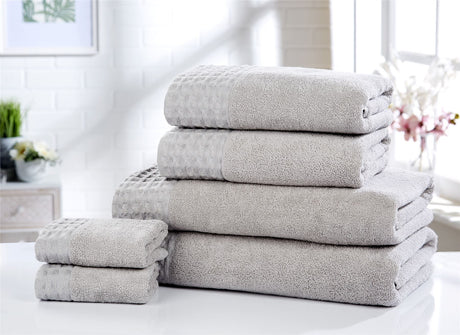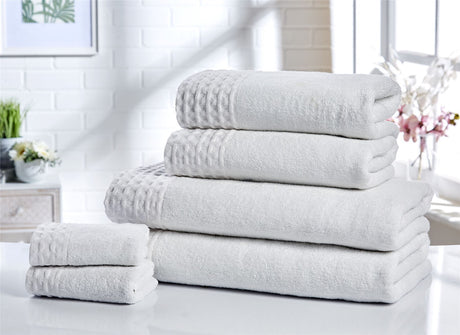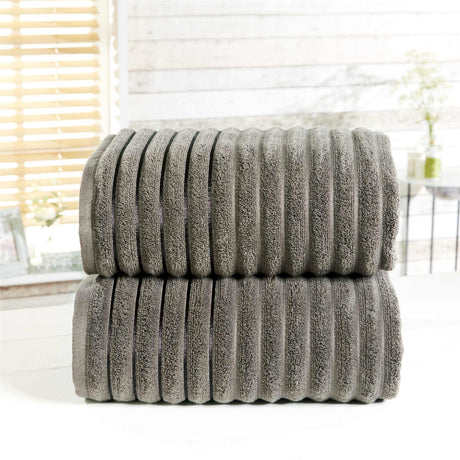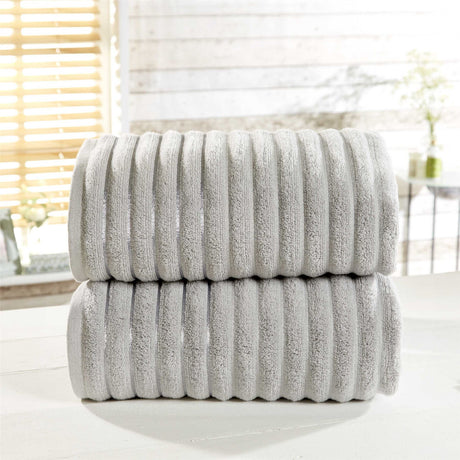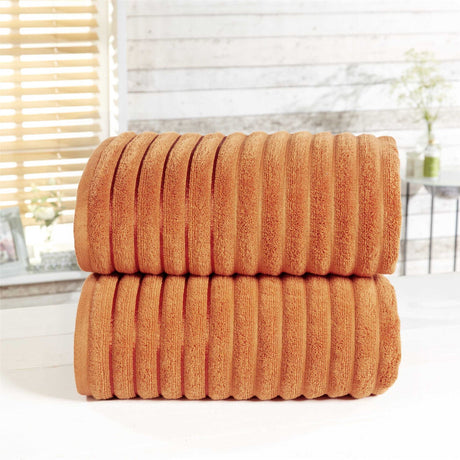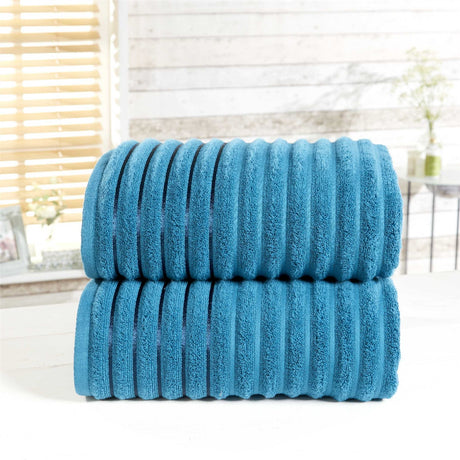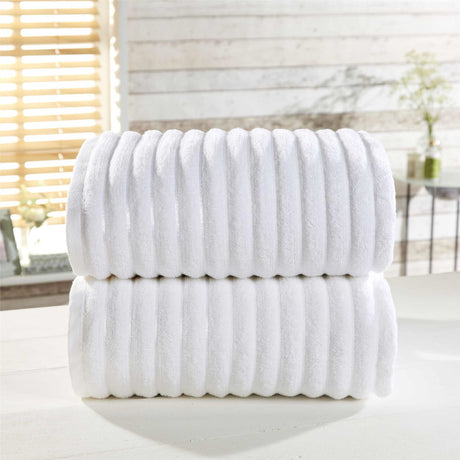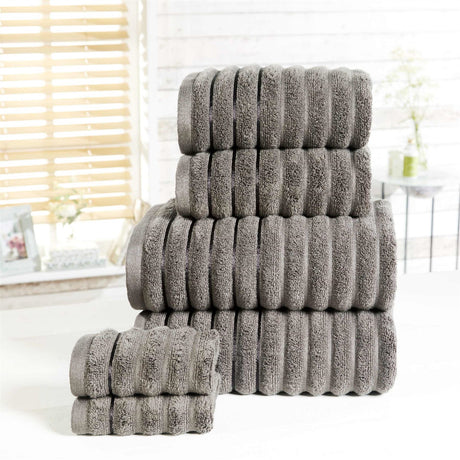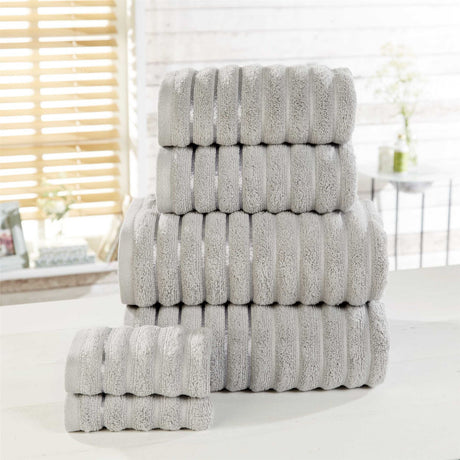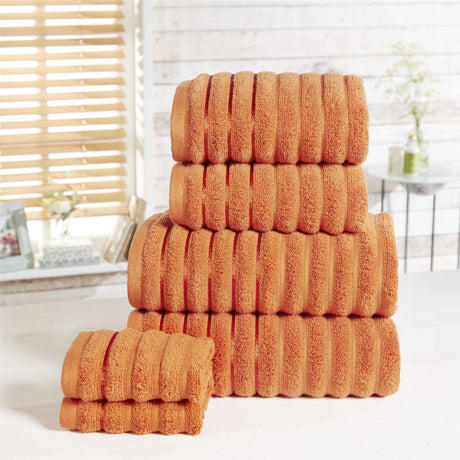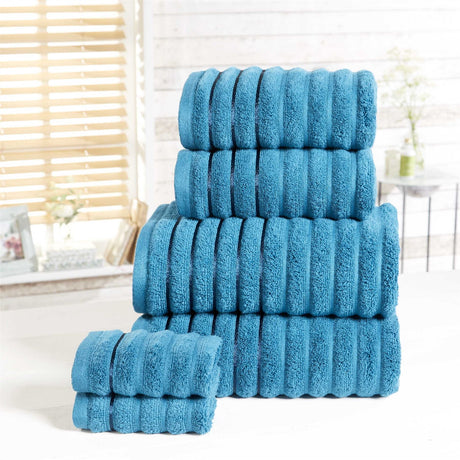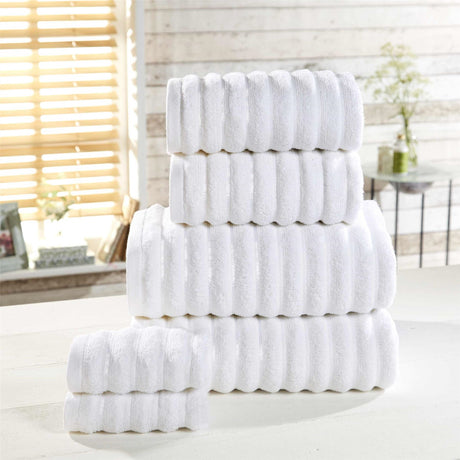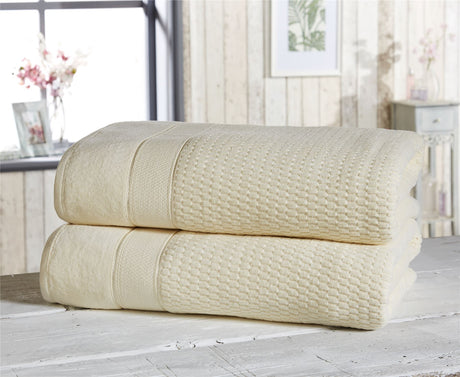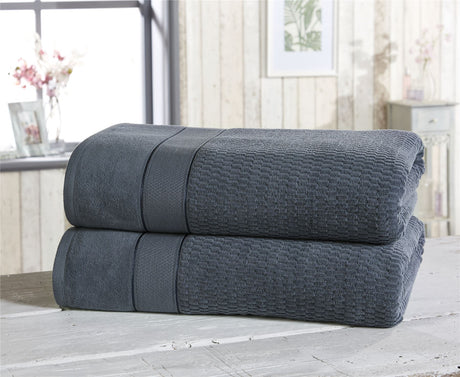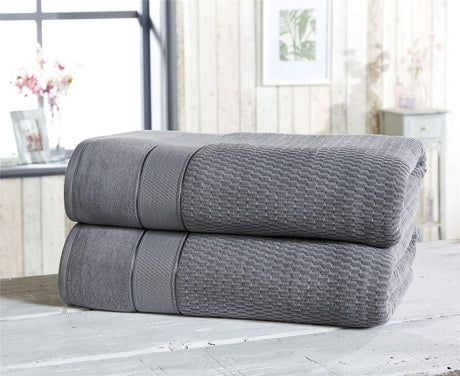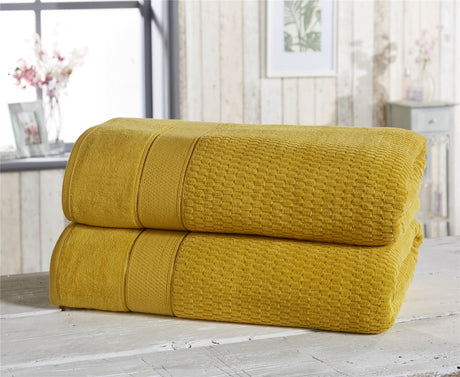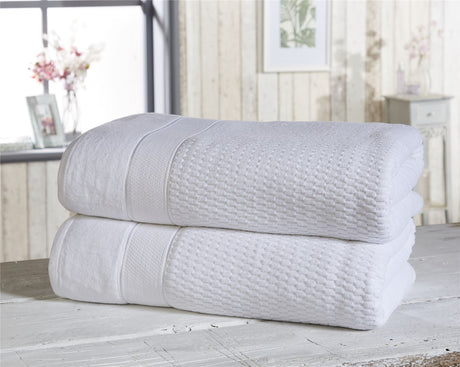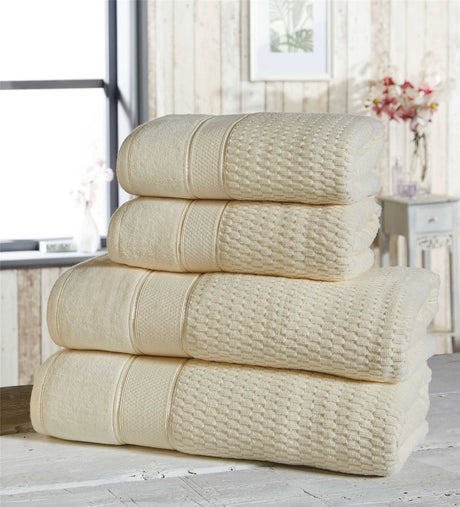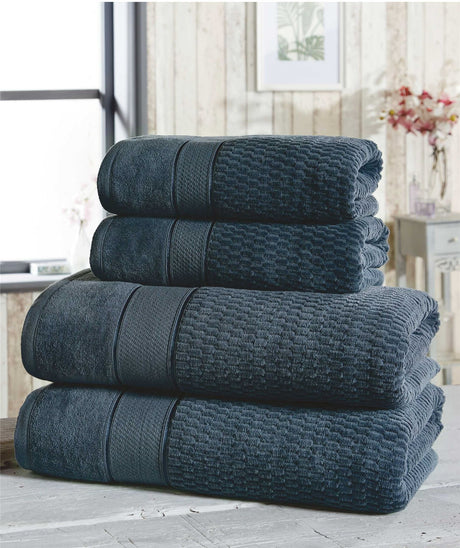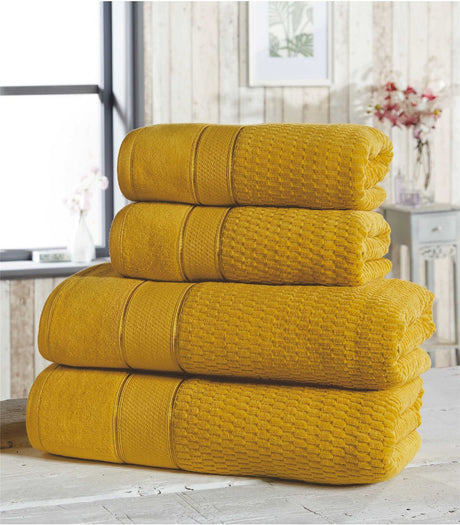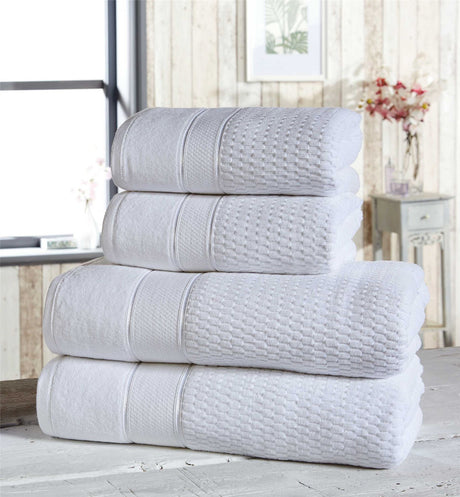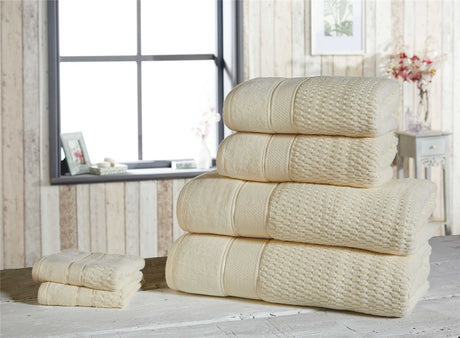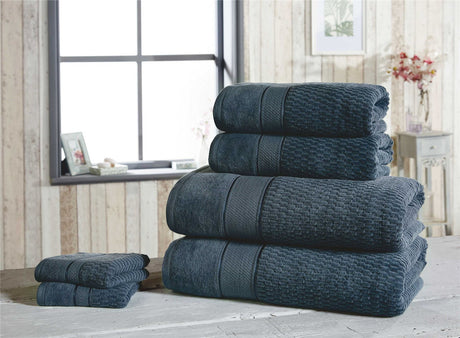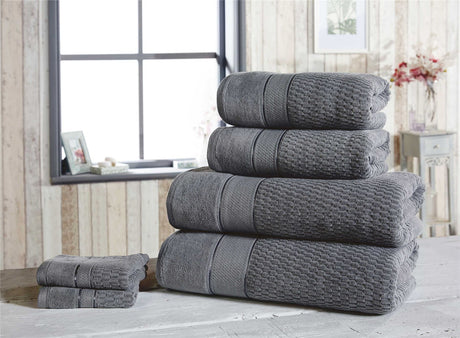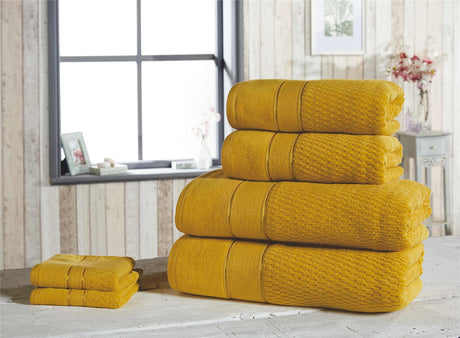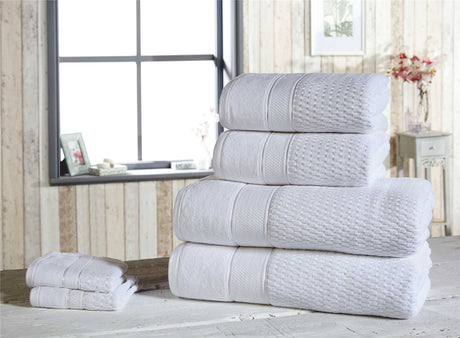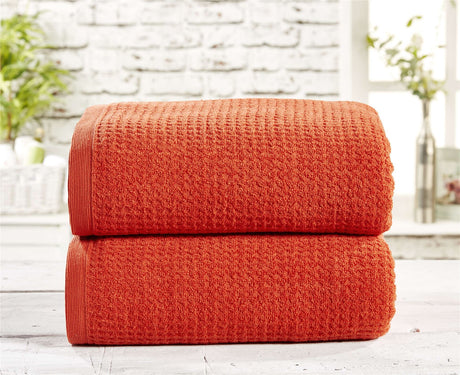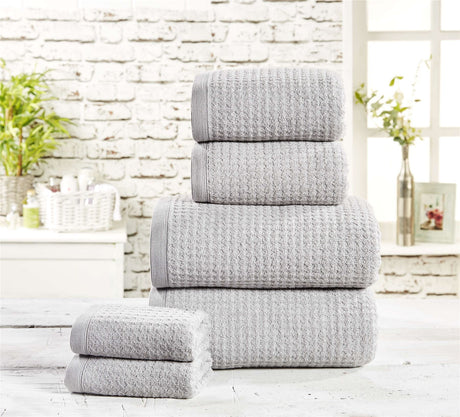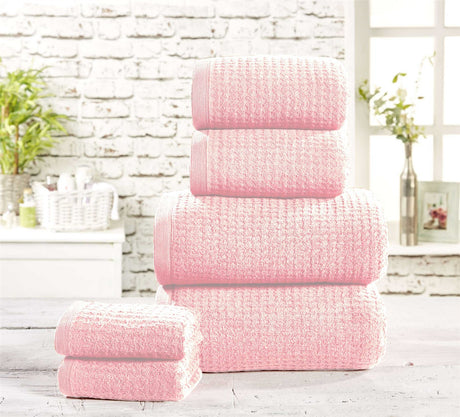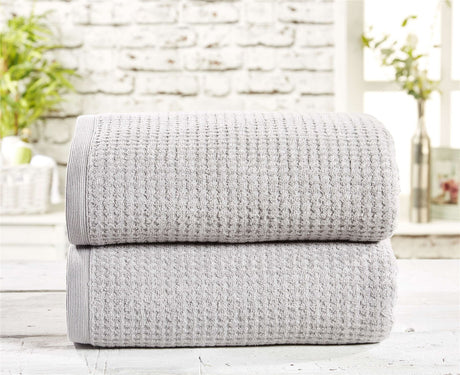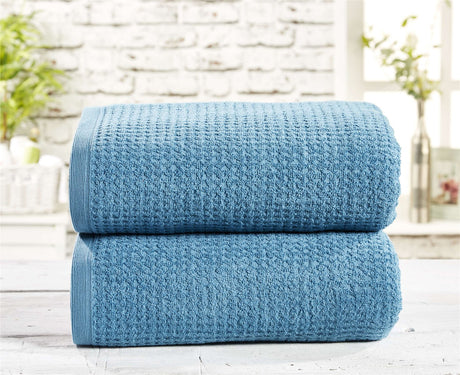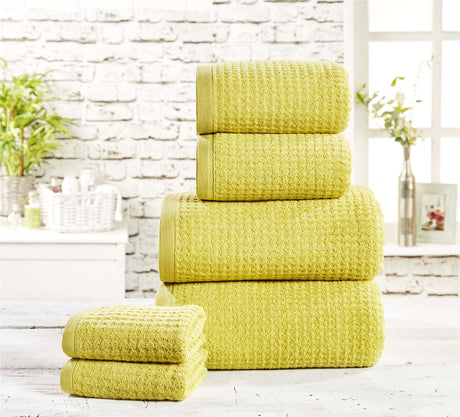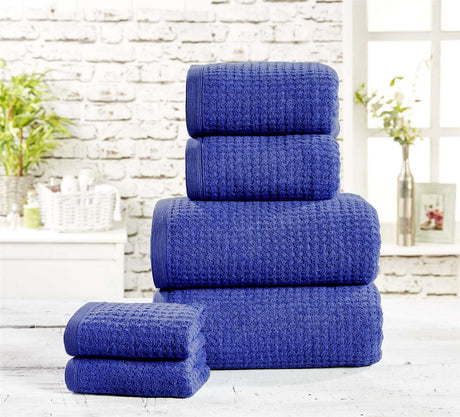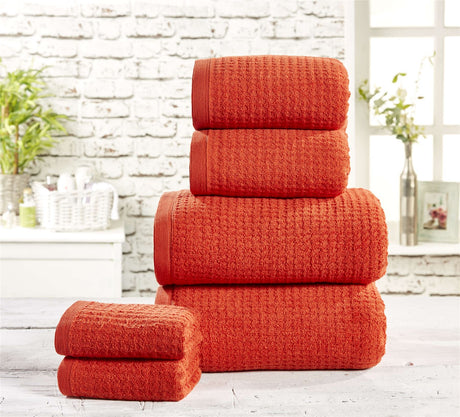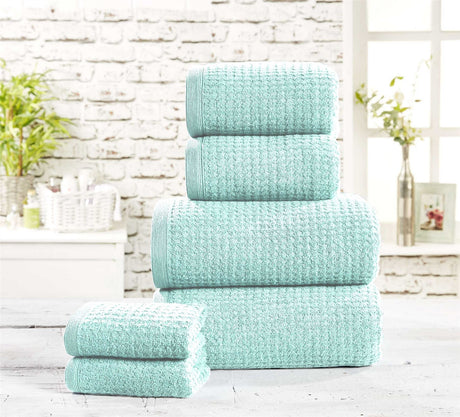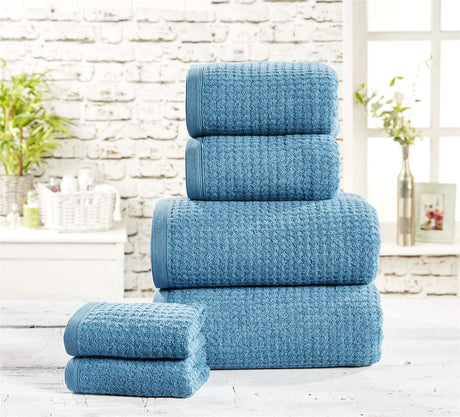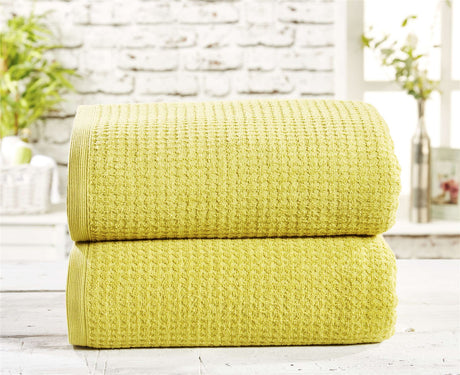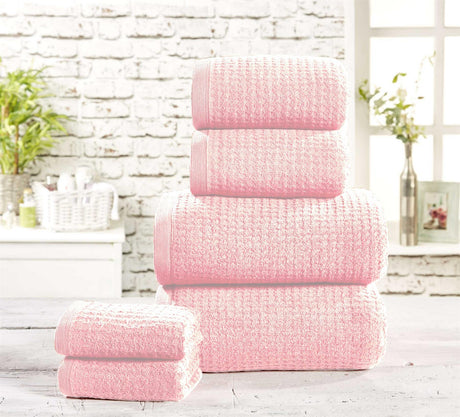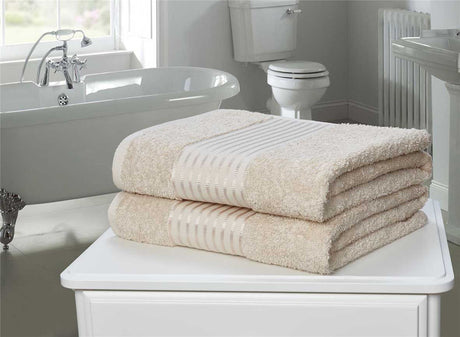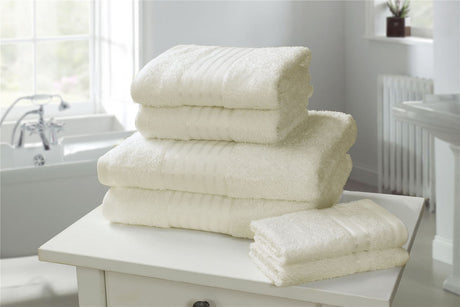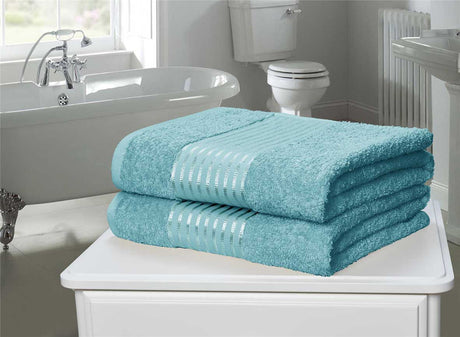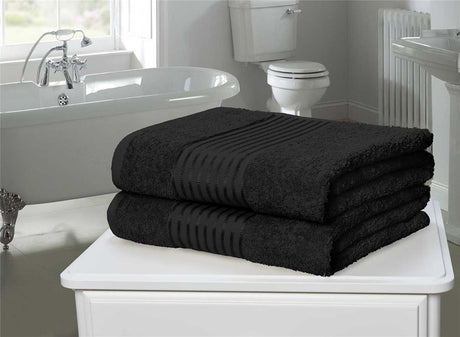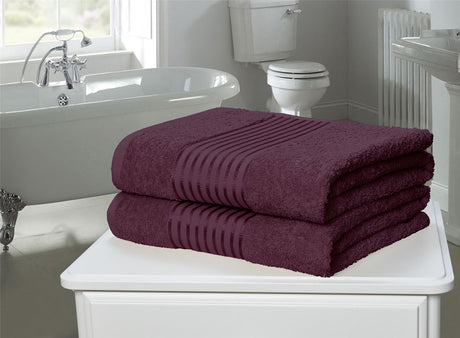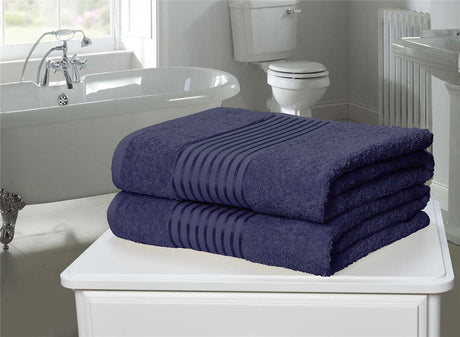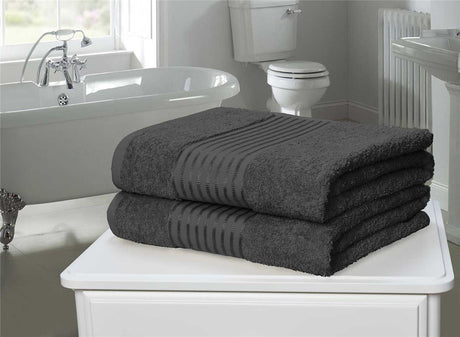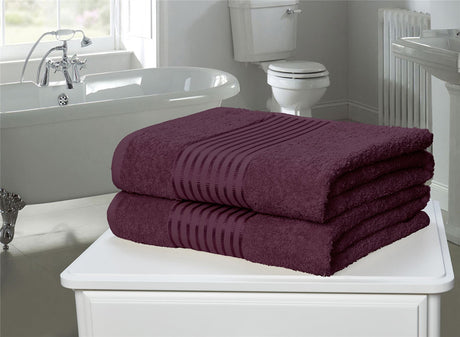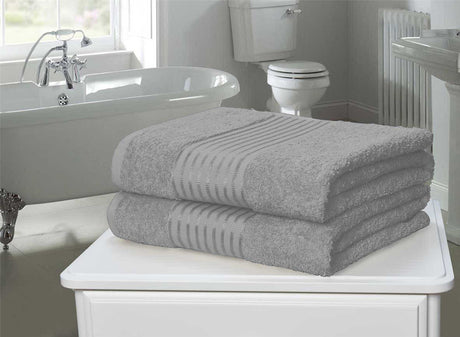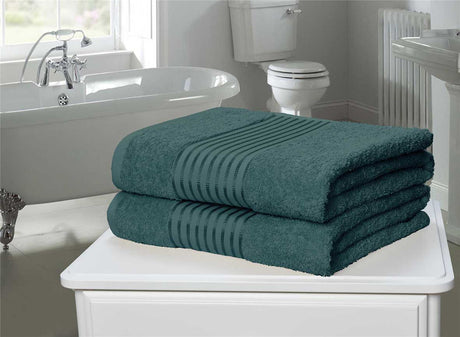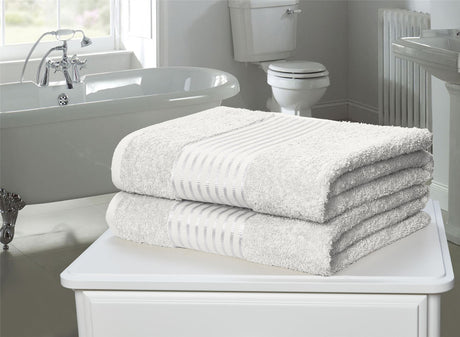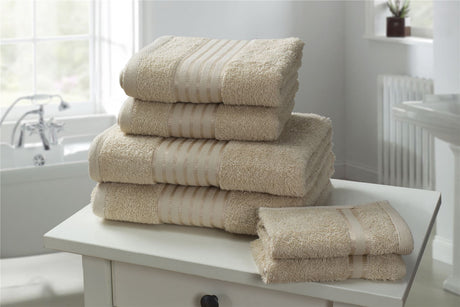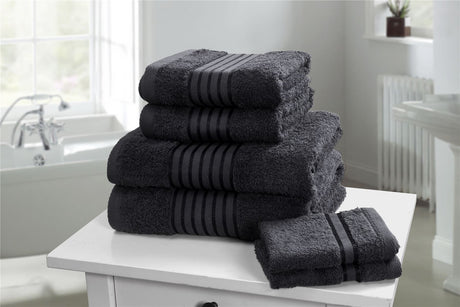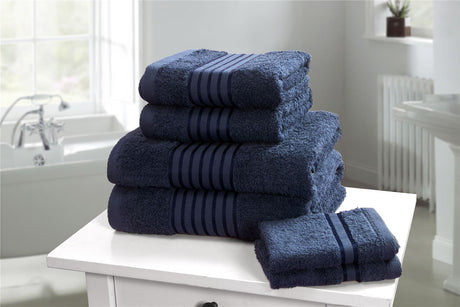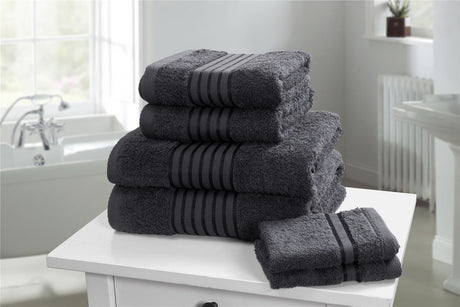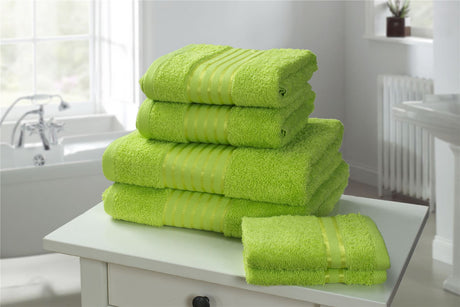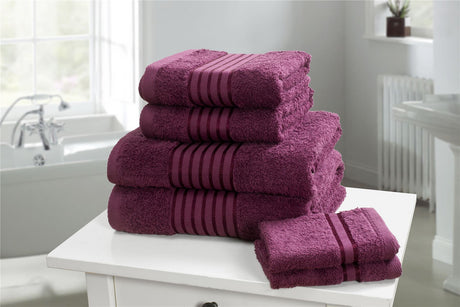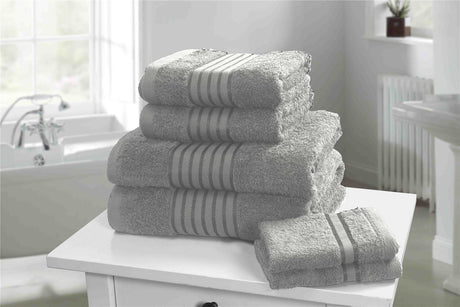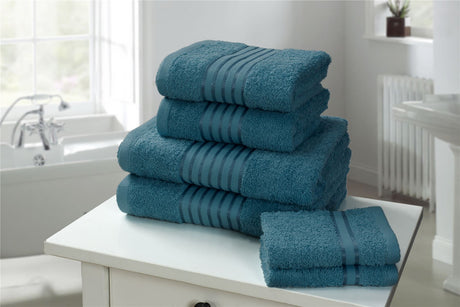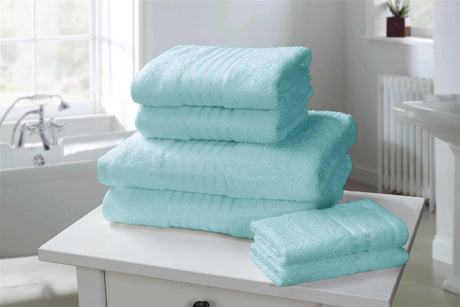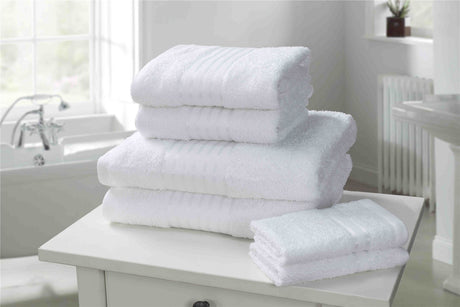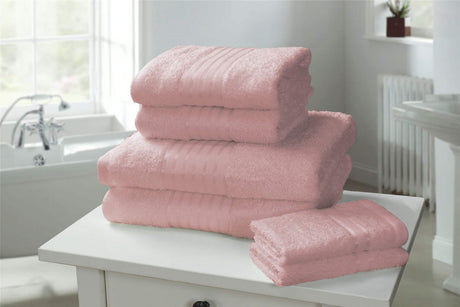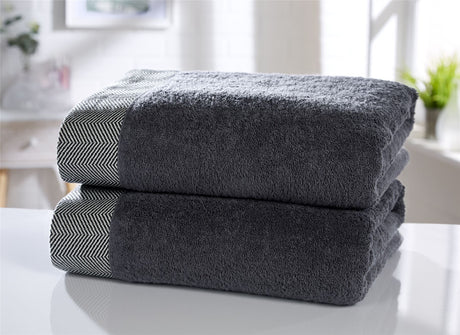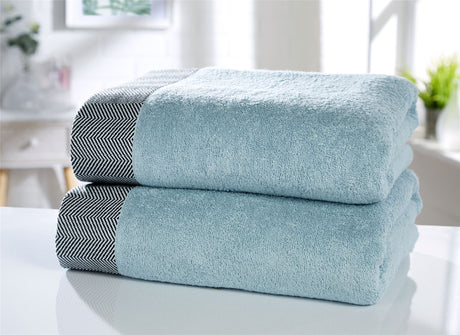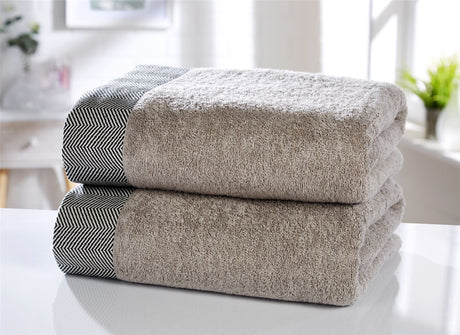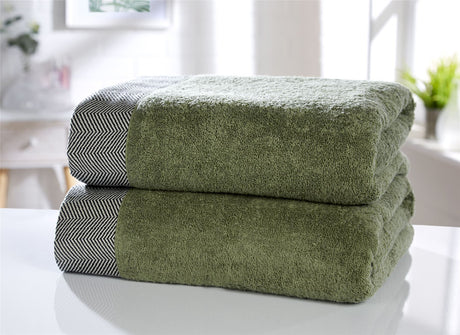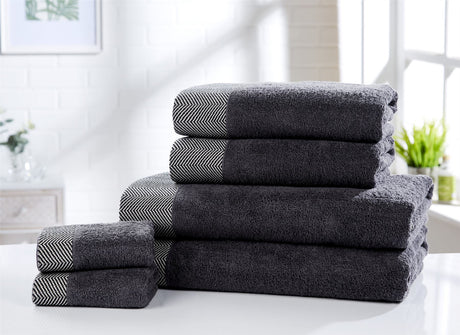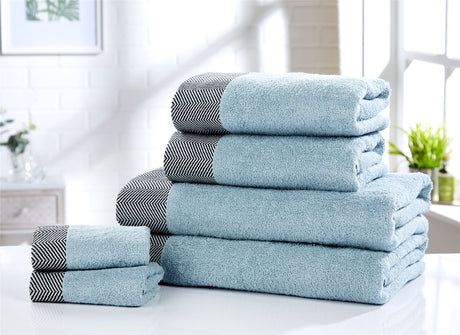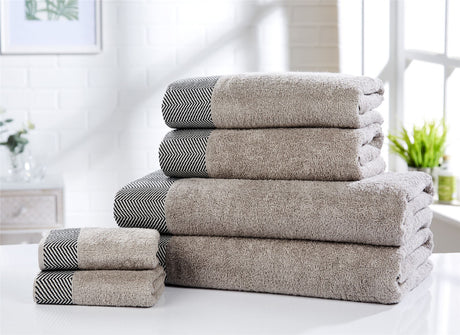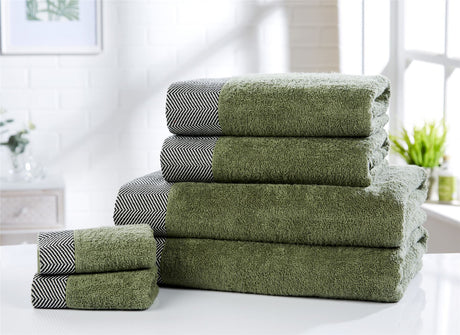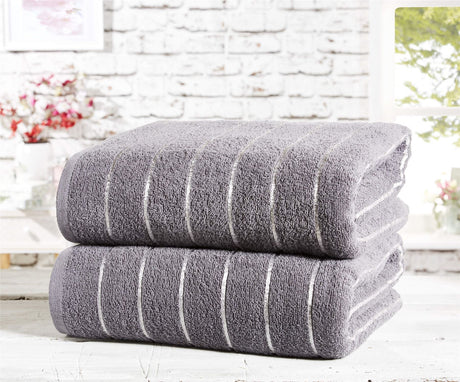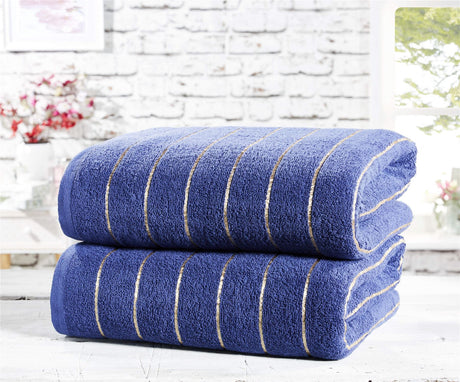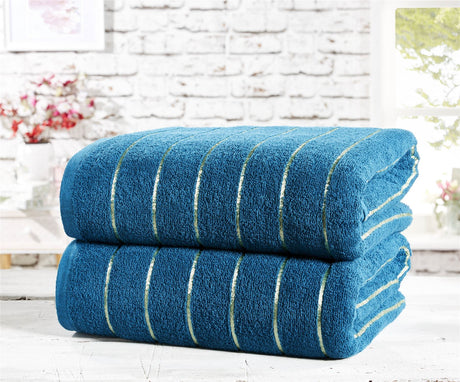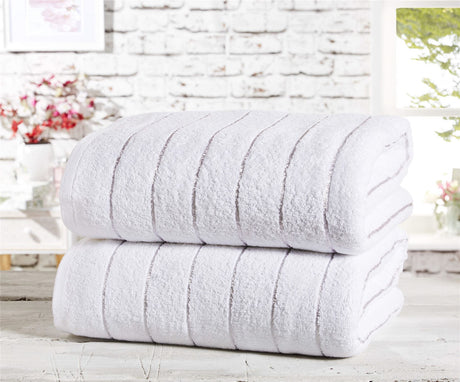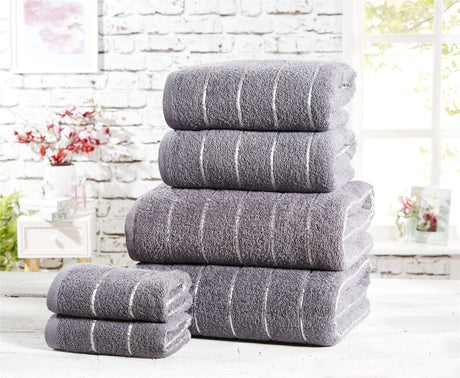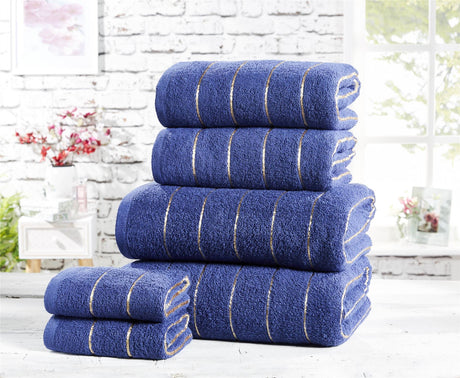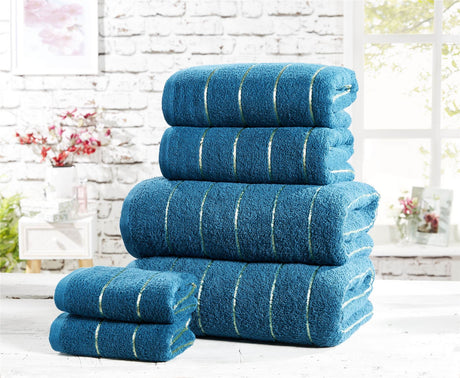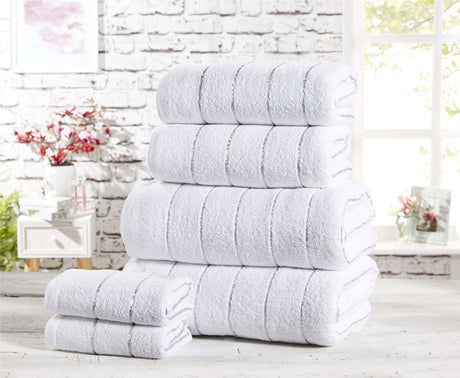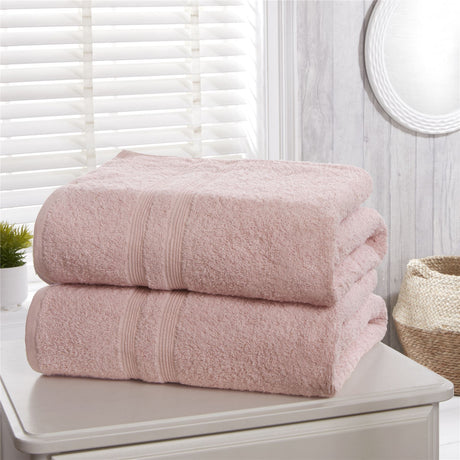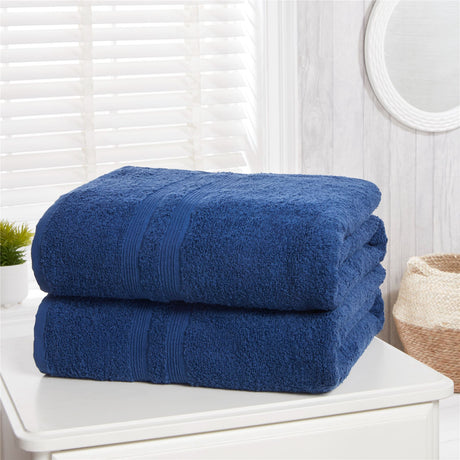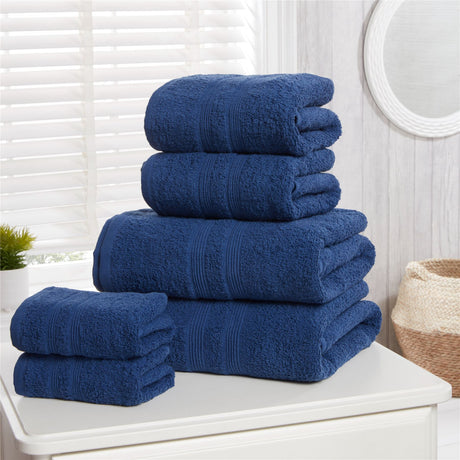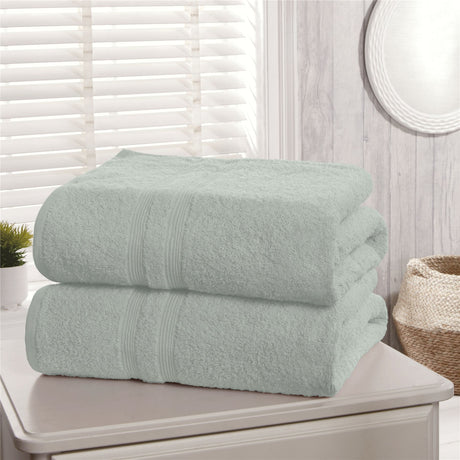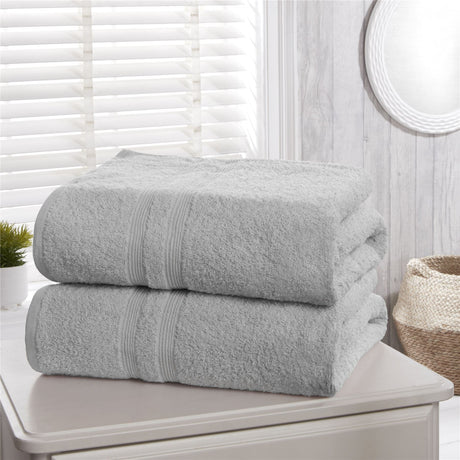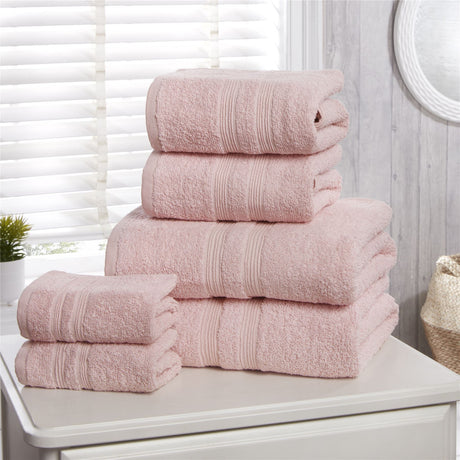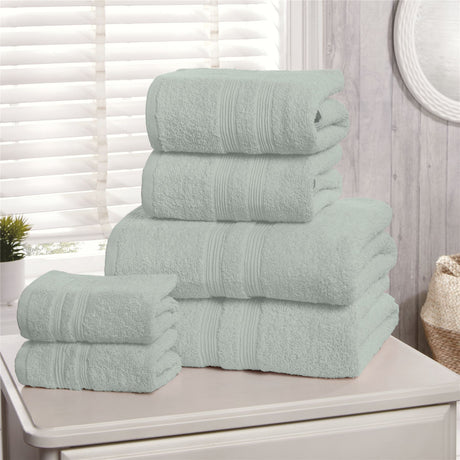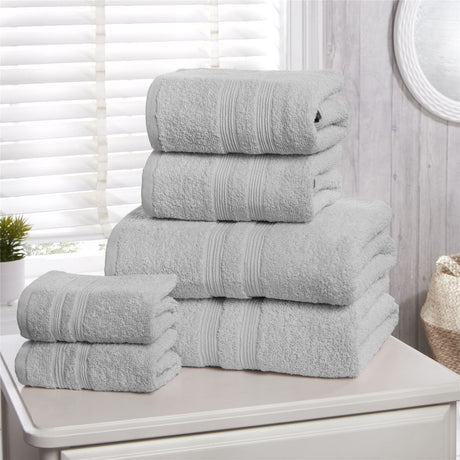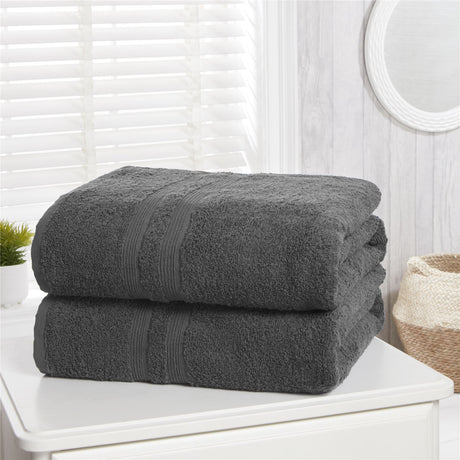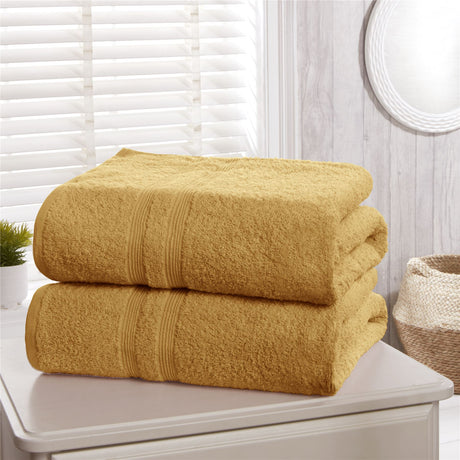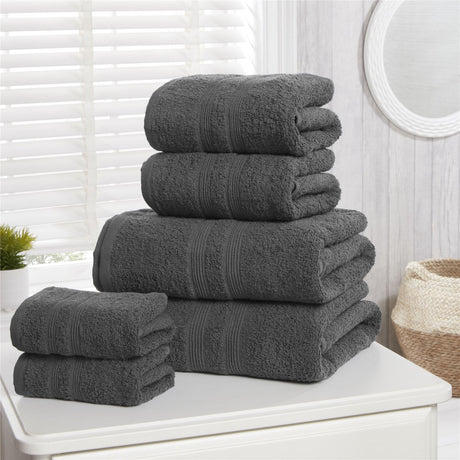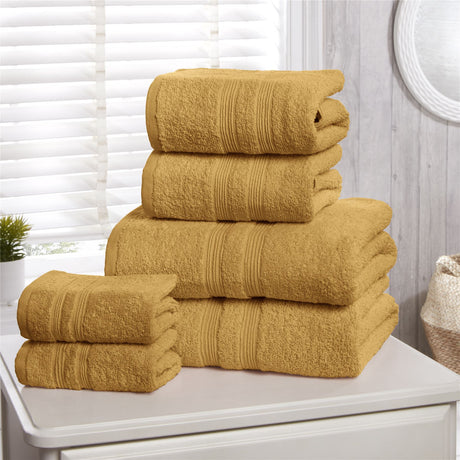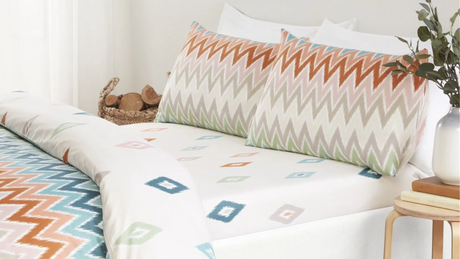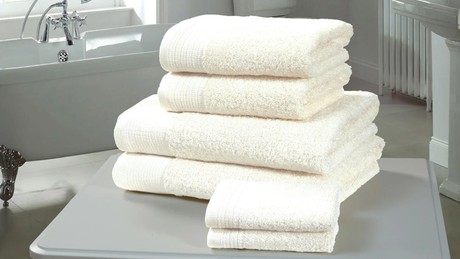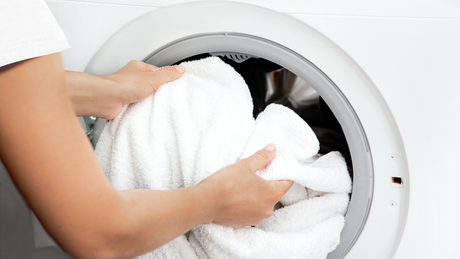The fundamentals of towel drying
Drying towels efficiently in a dryer can be a bit of a balancing act. How long it takes for towels to dry depends on several factors, including the type and size of the towels, the dryer settings, and even the humidity level in your home. Understanding these variables can help you optimize your drying process, saving both time and energy.
While it might seem straightforward, knowing the nuances of your dryer and the materials of your towels can make a significant difference. By making small adjustments, you can enhance the efficiency of your drying routine, ensuring your towels come out perfectly dry every time while minimizing energy consumption.
In this article, we will explore these factors in detail and provide practical tips to help you achieve the most efficient drying process for your towels. Whether you’re aiming for quicker drying times or looking to reduce your energy footprint, we’ve got you covered.
Factors affecting towel drying times
Material type
When considering the drying times of towels, the material type plays a crucial role. Towels are commonly made from cotton, microfiber, bamboo, or a blend of these materials. Each of these materials has distinct characteristics that affect how quickly they dry when placed in a dryer. Cotton towels are popular due to their softness and absorbency, but these features also mean they tend to retain more water, resulting in longer drying times. On the other hand, towels made from microfiber are composed of synthetic fibers that are designed to dry faster. The tightly woven fibers in microfiber towels do not hold as much moisture as cotton, leading to quicker drying times.
Bamboo towels, often considered an eco-friendly choice, are known for their natural antibacterial properties and absorbency. While they can be quite absorbent, bamboo fibers tend to release moisture more readily than cotton, potentially leading to shorter drying periods. However, bamboo towels may vary in drying times based on the specific blend used, as they are often combined with cotton or other materials. Understanding the material composition of your towels can help you anticipate their drying time and adjust your dryer settings accordingly for efficiency and energy savings.
Moreover, the weave and thickness of the towel can also influence drying times. For instance, a densely woven, thick cotton towel will generally take longer to dry than a thinner, loosely woven one. Similarly, towels with a high GSM (grams per square meter) are generally thicker and more plush, which translates to increased absorbency but also longer drying durations. By selecting towels based on material type and understanding how these factors affect drying times, you can make more informed decisions to meet your drying needs effectively and efficiently.

Towel size and thickness
Towel size and thickness are pivotal factors influencing how long it takes for towels to dry in a dryer. Larger towels, like bath sheets, naturally contain more fabric, which means they can hold more water. Consequently, these towels will take longer to dry compared to smaller options like hand towels or washcloths. The sheer volume of water absorbed by bigger towels requires more time for the dryer to evaporate, affecting overall drying efficiency.
Beyond size, the thickness of a towel plays an equally significant role in drying time. Thick towels, such as those made with a high GSM (grams per square meter), are designed to be plush and absorbent. While they offer a luxurious feel and excellent water absorption, their density means they will naturally take longer to dry. In contrast, thinner towels, often made for quick drying, have less material for water to permeate, thus reducing their drying time significantly.
Understanding the relationship between towel size, thickness, and drying time can help in making more informed choices when selecting towels based on personal needs and preferences. Opting for a balance between thickness for comfort and thinness for quick drying can optimize both user satisfaction and energy efficiency. Additionally, being mindful of towel load distribution in the dryer can ensure even drying and prevent extended drying cycles.
Dryer settings and features
Heat settings
Understanding the appropriate heat settings on your dryer can significantly impact how efficiently and safely you dry your towels. Most modern dryers come equipped with various heat settings designed to cater to different types of fabrics and drying requirements. Generally, these settings include low, medium, and high heat, with some models offering extra options like air fluff or a specific setting for delicate items. Using the right heat setting for your towels is crucial, as it not only affects the drying time but also the longevity and softness of your towels.
For towels, a medium to high heat setting is often recommended since towels are typically made from thicker materials like cotton. These fabrics can handle higher temperatures, which can help evaporate moisture more quickly, thereby reducing the drying time. However, it is important to consider the towel material and color; for instance, brightly colored towels may be prone to fading under high heat, so a medium setting might be more appropriate in such cases. Always check the care label on your towels to ensure that you are using the most suitable heat setting for the specific material.
Using the correct heat setting can also contribute to energy efficiency. Higher heat settings consume more energy, so balancing drying time and energy use is essential. Some modern dryers also feature sensors that can detect moisture levels and adjust the heat accordingly, optimizing both energy use and drying time. By understanding and correctly utilizing these heat settings, you can ensure that your towels are dried efficiently, maintain their quality, and help conserve energy in the process.
Dryer capacity
Understanding dryer capacity is crucial when it comes to efficiently drying your towels. The capacity of a dryer is typically measured in cubic feet, and it determines how much laundry can be dried in one cycle. Dryers with a larger capacity can handle more towels or bulkier items like comforters and bedspreads, while smaller capacity dryers are more suited for smaller loads or individual households. When it comes to towels, having a dryer with an adequate capacity is important to ensure they tumble freely and dry evenly, reducing the likelihood of damp spots or extended drying times.
A larger dryer capacity not only allows for better air circulation but also contributes to energy efficiency. When towels are overcrowded in a dryer, they tend to bunch up, which can prevent them from drying evenly and might require additional cycles to fully dry. This can lead to higher energy consumption and increased utility bills. Therefore, selecting a dryer with a capacity that matches your typical laundry load size can save both time and energy in the long run. Always refer to the manufacturer’s guidelines to understand the optimal load size for your specific dryer model, which will help you make the most efficient use of its features.
Additionally, the type of towels you are drying can also impact the dryer capacity needed. For instance, thick, fluffy towels require more space to dry efficiently compared to lighter, thinner towels. If you frequently wash larger or heavier towels, investing in a dryer with a higher capacity might be beneficial. On the other hand, if your laundry primarily consists of smaller towels or a mix of laundry items, a moderate capacity dryer could suffice. Understanding these nuances can help you make informed decisions about your drying needs, ensuring your towels come out perfectly dry and fluffy every time.
Optimizing the drying process
Use dryer balls
Incorporating dryer balls into your laundry routine can significantly enhance the efficiency of your drying process. These small, often wool or rubber, spheres work by separating clothes as they tumble in the dryer, allowing more hot air to circulate around each item. This increased airflow reduces drying time, which not only saves energy but also minimizes wear and tear on your clothes and towels. By preventing fabrics from clumping together, dryer balls ensure that moisture is more evenly distributed and evaporated, leading to a more efficient drying cycle.
Additionally, dryer balls can be a cost-effective and eco-friendly alternative to traditional dryer sheets. While dryer sheets can leave a residue on fabrics and are single-use, dryer balls are reusable, making them a more sustainable choice for environmentally conscious individuals. They also help soften fabrics naturally, which can reduce the need for chemical fabric softeners. For those concerned about static cling, some dryer balls can be infused with essential oils for added fragrance, providing a natural fresh scent without synthetic additives.
Furthermore, using dryer balls can contribute to better maintenance of your linens, such as towels, which often require a more thorough drying process due to their density and absorbency. By optimizing the airflow around each towel, dryer balls help ensure that even the thickest items dry more quickly and evenly. This not only improves the texture and fluffiness of towels but also extends their lifespan by reducing the risk of mildew and odors that can develop from insufficient drying. Overall, integrating dryer balls into your routine is a simple yet effective step towards more efficient and sustainable laundry practices.
Avoid overloading the dryer
Avoid overloading the dryer to ensure that your towels dry efficiently and effectively. When too many items are crammed into the dryer, the airflow is significantly restricted, leading to longer drying times and uneven results. This not only prolongs the drying cycle but can also cause excessive wear and tear on your dryer, as it has to work harder to circulate heat and air through the densely packed load. To optimize your drying process, it’s important to provide enough space for your towels to tumble freely, allowing hot air to circulate evenly around each piece.
Another downside to overloading is that it can result in higher energy consumption. Since an overloaded dryer takes longer to dry your towels, it consumes more electricity, ultimately increasing your utility bills. By properly loading your dryer, you allow it to operate more efficiently, reducing energy usage and saving money in the long run. Consider drying your towels in smaller batches to maximize the efficiency of your dryer and minimize energy consumption.
Additionally, consistently overloading your dryer can lead to maintenance issues. The added strain on the dryer’s motor and other components can lead to premature wear, increasing the likelihood of breakdowns and costly repairs over time. By maintaining a balanced load, you not only ensure that your towels dry more quickly and thoroughly but also extend the lifespan of your dryer, making it a more sustainable appliance in your household chores. Taking the time to properly load your dryer is an easy yet effective way to achieve optimal drying results and prolong the life of your machine.

Energy and cost efficiency
Regular maintenance
Regular maintenance of your dryer can significantly contribute to energy and cost efficiency in your household. By ensuring that your dryer is in optimal working condition, you can reduce the amount of time it takes to dry towels and other laundry, which directly impacts energy consumption. One of the key aspects of maintenance is cleaning the lint filter after every use. A clean lint filter improves air circulation, allowing the dryer to operate more efficiently and effectively. Additionally, it reduces the risk of fire hazards, promoting a safer home environment.
Another important maintenance practice is inspecting and cleaning the dryer vent and ductwork. Over time, lint and debris can accumulate in these areas, leading to restricted airflow and forcing the dryer to work harder than necessary. By regularly clearing these obstructions, you not only extend the life of your appliance but also reduce energy usage and utility costs. Furthermore, it is advisable to periodically check the dryer drum and seals for wear and tear, as any damage can lead to heat loss and longer drying times.
Regularly examining the dryer's heating element and thermostat is also crucial. These components play a vital role in regulating the temperature inside the dryer. If they are not functioning properly, the dryer may use more energy to achieve the desired level of dryness, leading to higher electricity bills. By addressing these issues promptly, you can maintain your dryer's efficiency and ensure it operates at peak performance, ultimately saving both energy and money over time.
Choosing energy-efficient models
When considering the purchase of a new dryer, it is crucial to evaluate its energy efficiency. Energy-efficient models can significantly reduce the amount of electricity consumed during each drying cycle, which not only helps in lowering your utility bills but also contributes to environmental conservation. These models are often equipped with advanced technologies such as moisture sensors that automatically adjust the drying time based on the moisture level in the load. This feature ensures that clothes are not over-dried, which can save energy and extend the lifespan of your garments.
Another important factor to consider is the Energy Star rating. Appliances with this certification meet specific energy efficiency guidelines set by the Environmental Protection Agency (EPA). Opting for an Energy Star-rated dryer can result in substantial savings over the life of the appliance. Additionally, some utility companies offer rebates or incentives for purchasing energy-efficient appliances, further enhancing the cost savings. Keep an eye out for these opportunities as they can offset the initial purchase cost.
Aside from choosing an energy-efficient model, there are other practices that can enhance efficiency. For instance, running full loads instead of half loads maximizes the energy used per cycle. Regularly cleaning the lint filter and ensuring proper ventilation also improves a dryer’s efficiency by allowing it to operate at optimal performance. By combining the use of an energy-efficient dryer with these best practices, you can effectively manage energy consumption, minimize costs, and contribute positively to the environment.
Additional tips
Pre-dry towels
Pre-dry towels can be a game-changer when it comes to reducing the overall drying time in a dryer. One effective tip is to shake the towels out before placing them in the dryer. This helps to get rid of excess water and allows the air to circulate more efficiently, leading to a quicker drying process. Furthermore, adding a dry towel to the load can significantly speed up the process. The dry towel absorbs some of the moisture from the wet towels, making them dry faster.
Another useful suggestion involves sorting your laundry by fabric type. Towels made from different materials may have varying drying times. Grouping towels of similar fabric together ensures that they dry uniformly, preventing some towels from remaining damp when others are already dry. Additionally, using dryer balls is a practical option. They help to separate the towels, improving air circulation and reducing drying time. Wool dryer balls are particularly effective as they also help to soften the towels naturally.
Finally, it is essential to clean the lint filter before starting the drying cycle. A clogged lint filter can restrict airflow and prolong drying time. By ensuring the filter is lint-free, you allow the dryer to work more efficiently. These simple tips can significantly reduce the time it takes to dry towels in a dryer, making the process more energy-efficient and cost-effective.
Check for moisture sensor
Using a dryer with a moisture sensor can significantly influence how efficiently your towels dry. A moisture sensor detects the level of moisture in the fabric, allowing the dryer to automatically adjust its drying time. This not only helps in conserving energy but also ensures that your towels are dried evenly, reducing the risk of over-drying which can lead to damage or wear over time. By relying on this technology, you can extend the lifespan of your towels and maintain their plushness and absorbency.
Moisture sensors can be particularly beneficial for those who frequently dry large loads or heavy items like towels. Traditional dryers with fixed time settings may not accurately cater to the specific drying needs of thicker fabrics, often leading to either damp towels or excessive drying times. With a moisture sensor, the dryer can sense when the towels have reached the desired dryness level, halting the cycle to prevent unnecessary energy consumption and potential fabric stress.
It is also important to note that the effectiveness of a moisture sensor can be impacted by its maintenance. Regularly cleaning the sensor can help ensure accurate readings and optimal performance. Most sensors are located within the drum or on the lint filter housing, and cleaning them involves wiping with a damp cloth to remove any residue that might interfere with its function. By keeping the sensor in good condition, you support the dryer's efficiency and ensure your towels come out perfectly dry every time.
Conclusion
In conclusion, the time it takes for towels to dry in a dryer is influenced by several factors, including the type and thickness of the towel, dryer settings, and the overall efficiency of the appliance. By understanding these elements, you can make informed choices that contribute to a quicker and more energy-efficient drying process.
Optimizing your drying routine not only saves time but also extends the lifespan of your towels. Consider sorting towels by weight and size, using the appropriate heat settings, and maintaining your dryer for optimal performance. These simple adjustments can lead to significant improvements in drying times.
Ultimately, knowing how long towels take to dry in a dryer empowers you to enhance your laundry routine, making it more efficient and environmentally friendly. With these insights, you can enjoy fresh, dry towels while conserving energy and managing your time effectively.
